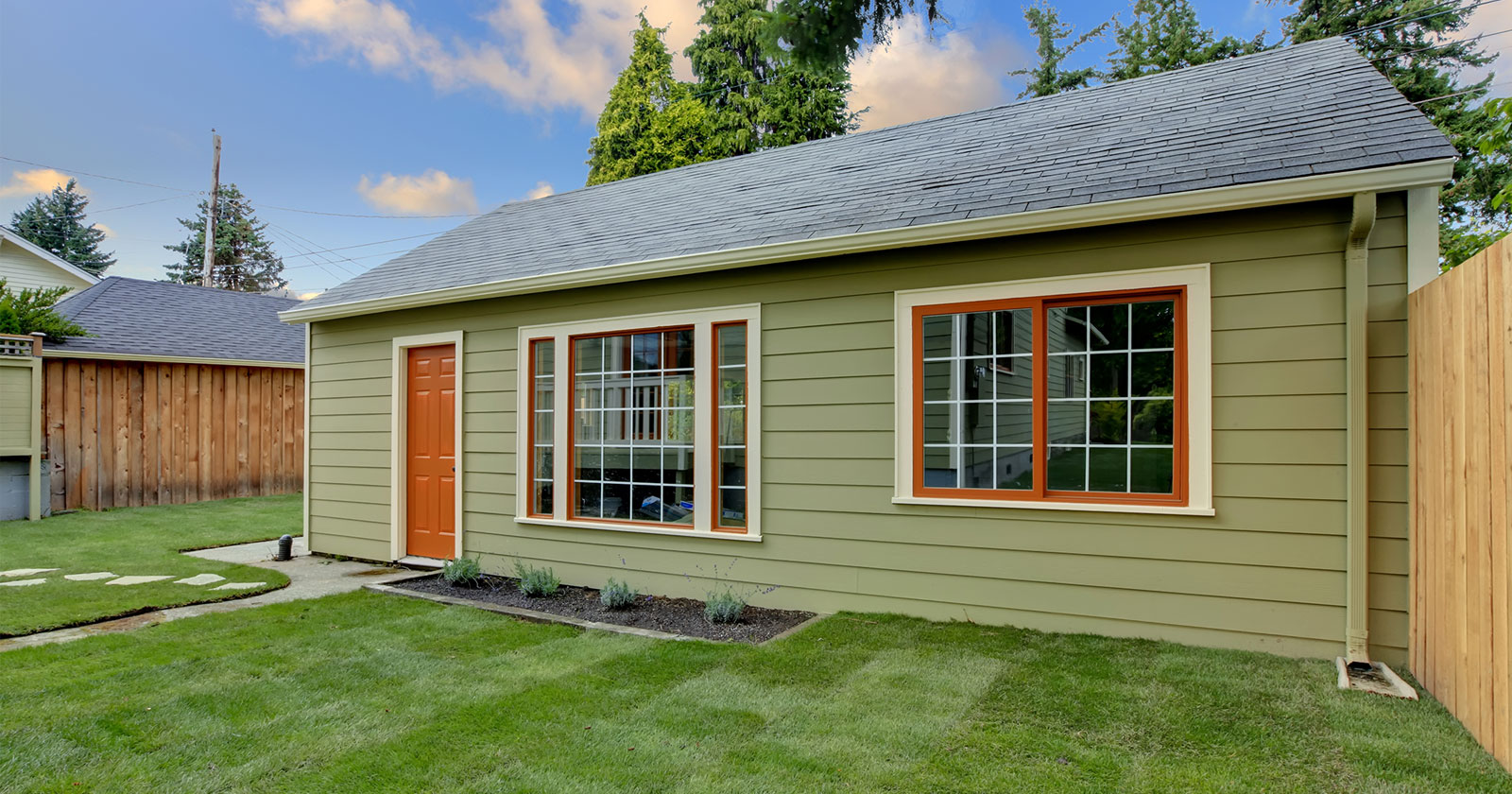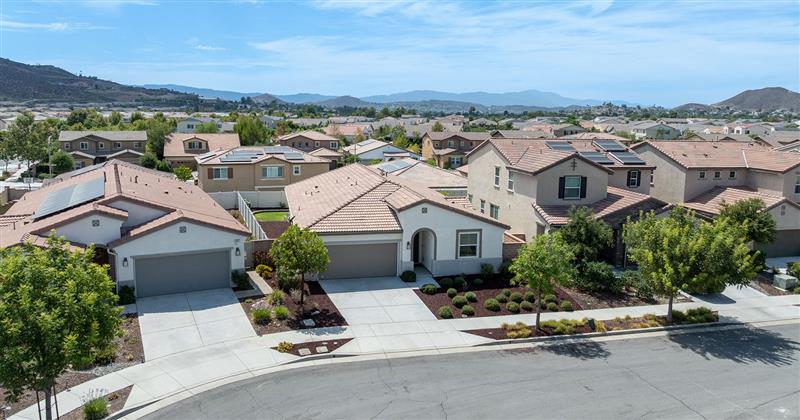The Pros of Adding an ADU to an Investment Property
Increased Rental Income
Maximizing Property Use
- Finishing basements to meet housing and rental requirements
- Converting attached or detached garages into livable spaces
- Redesigning a home floor concept to create multiple self-sustainable areas
- Inserting an accessory dwelling unit prefab (ADU prefab) on the property
- Many ADUs are built with energy-efficient designs, eco-friendly materials, and sustainable construction practices, reducing the environmental footprint compared to larger housing units.
With U.S. housing affordability at an all-time low and the average monthly rent costs over $1,600, ADU units enable investors to offer below-market rental costs.
Enhanced Property Value
Not to mention, single-family homes with ADUs expand your homebuyer pool beyond families to ADU real estate investors and entrepreneurs.
Diversifying Tenant Types
- Singles
- Students
- Small families
- Young professionals
ADUs provide more affordable housing options in highly desirable but pricey locations. And, with multiple units in a single property, you reduce the risk of total vacancy–helping you maintain a steady, ongoing cash flow.
Flexible Living Options
The Cons of Adding an ADU to an Investment Property
Upfront Costs and Financing Challenges
Zoning, Regulatory, and Permitting Hurdles
Navigating the evolving regulatory challenges in residential rental real estate is hard enough. ADUs add another layer of complex zoning laws and building codes for you to circumvent. Non-owner-occupied ADU zoning laws and building codes vary from city to city and typically come with strict guidelines and lengthy approval processes.
Do your due diligence and communicate with local officials regarding specific ADU requirements and laws.
Operational and Management Complexities
Managing two units within the same property can generate more work and tenant challenges for a landlord. Additional occupants create more property management tasks overall, including:
- Marketing and tenant screening
- Maintenance responsibilities
- Tenant communication and assistance
- Rent collection
- Conflict between tenants sharing common spaces
These complexities further emphasize the importance of thorough tenant screening processes and communication to avoid unnecessary headaches.
Impact on Neighborhood Relations and Market Demand
When venturing into single-family ADU investing, you must consider the neighborhood. Neighbor resistance is not uncommon and, depending on HOA or city regulations, this can create additional challenges or ax an ADU construction entirely.
The most common neighbor objections include:
- Privacy concerns
- Noise and construction disruptions
- Parking and traffic complaints
- Property value concerns
Financing Options for an ADU on a Non-Owner-Occupied Property
Here are the 5 most notable financing options for ADUs in non-owner-occupied properties:
Investment Property Loans
Cash-Out Refinance
Unfortunately, cash-out refinancing extends your property’s mortgage term and requires higher closing costs. Not to mention, should your rental units remain vacant for an extended period, refinancing options leave you more vulnerable to foreclosure.
Private Lenders
These short-term business loans offer faster approval and funding and more financing flexibility–simplifying qualifications and acceptance rates for investors. While these loans typically come with higher interest rates and shortened term length, they also have no early repayment penalties which can justify rate increases for investors.
Other benefits include:
- Flexible loan structures: Private lenders can create customized loans that fit the unique aspects of ADU projects. This might include creating short-term loans, interest-only payments, and tailored repayment schedules.
- Funding for non-traditional properties: Private lenders are generally more open to financing unique or unconventional ADU projects, such as tiny homes, container homes, or basement conversions, which traditional banks may deem too risky or outside their lending guidelines.
- Willingness to Finance Construction and Renovation: Many private lenders specialize in construction loans, which are ideal for building or renovating ADUs. They can fund the project in stages based on the construction progress, providing the necessary cash flow as needed.
Construction Loans for Investors
Joint Ventures or Partnerships
Creating Financial Success through Accessory Dwelling Units
Before jumping head-first into ADU investing, it’s important to research local ADU building costs, requirements, and regulations. While ADU units provide a plethora of benefits, in some areas the costs and bureaucratic obstacles to rent an ADU addition outweigh the potential gains. Understand the costs and needs of converting your single-family home into a multi-unit rental property. However, if you have a thorough financing and management strategy, ADU’s can be a lucrative addition to your investment portfolio.
If you’re looking to add an ADU unit to your non-owner-occupied single-family property, speak to the experts. CLICK HERE to schedule a FREE consultation with a CIVIC team member today.




